The beautifulChaenostoma cordatum,also known asSutera cordataor the bacopa plant, is a low-growing trailing perennial. It belongs to a genus calledScrophulariaceae. This South African native plant grows tiny snowflake-shaped flowers that come in pastel hues of white, pink, blue, or lavender. Gardeners love to cultivate it because the plant attracts butterflies.
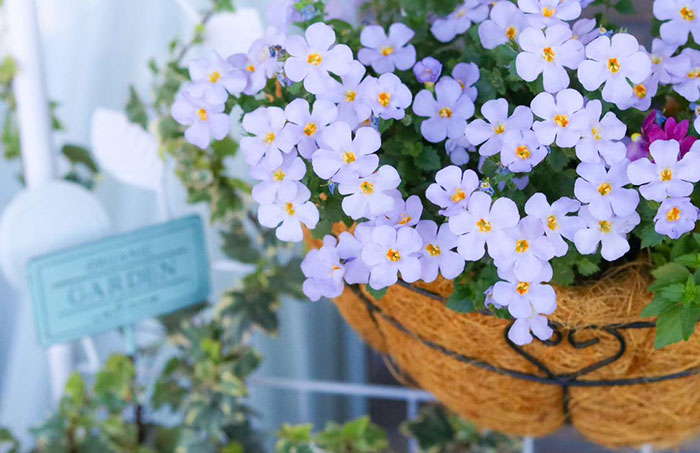
Image credits:gardening.green87
Bacopa looks gorgeous when grown from a hanging basket because its foliage cascades elegantly. Its tiny heart-shaped green leaves are beautiful and have serrated edges. Since it is a semiaquatic plant, it can also be grown in an aquarium (apart from window boxes) or in your garden.
Table of ContentsWhich Plants Are Commonly Confused With Bacopa?Bacopa monnieriBacopa carolinianaPlanting and Growing BacopaWhere Is the Best Place to Plant Bacopa?When to Grow BacopaPropagation of Sutera cordataHow to Care For Bacopa PlantsLightSoilWaterTemperature and HumidityFertilizerRepotting the BacopaPruningOverwinteringBacopa Flower CareBacopa Varieties“Giant Snowflake” Bacopa“Snowstorm Blue” BacopaCommon Pests and ProblemsBacopa Companion PlantsPurple Fountain GrassWax BegoniaGeraniumsLandscaping Tips for the Sutera cordataWhy Is Your Bacopa Turning Brown?What Is Bacopa Resistant Against?
Which Plants Are Commonly Confused With Bacopa?
Bacopa monnieri
Image credits:aquabon_reunion
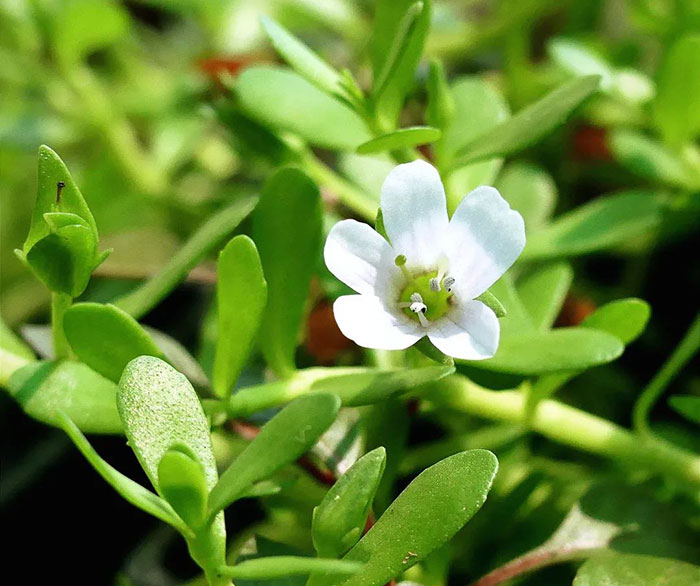
Bacopa caroliniana
Image credits:velvetes_
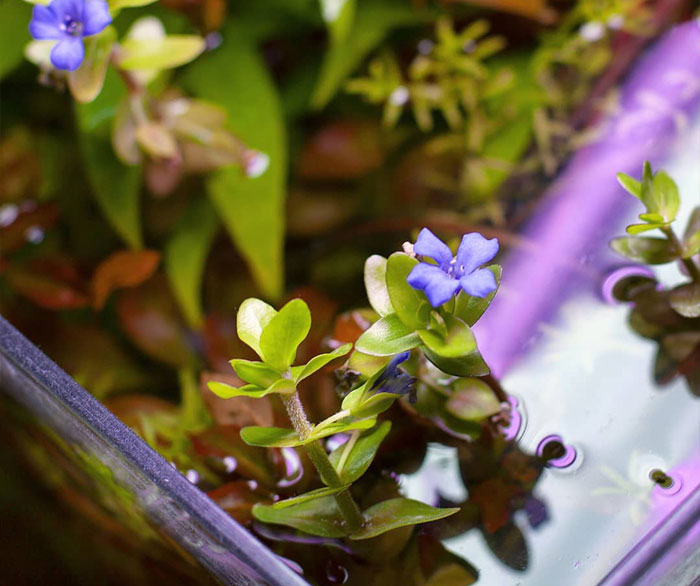
Bacopacarolinianais an aquarium plant that can be used ornamentally. It’s easy to grow and an excellent choice for beginners. The plant has tiny leaves that produce a lemony scent when crushed. It has lovely blue flowers with five petals. You can grow it above or below water, but its flowers will rot when immersed.
Planting and Growing Bacopa
Since it is a versatile plant, you can grow bacopa anywhere. Here’s how to do it.
Where Is the Best Place to Plant Bacopa?
Image credits:D_Theodora
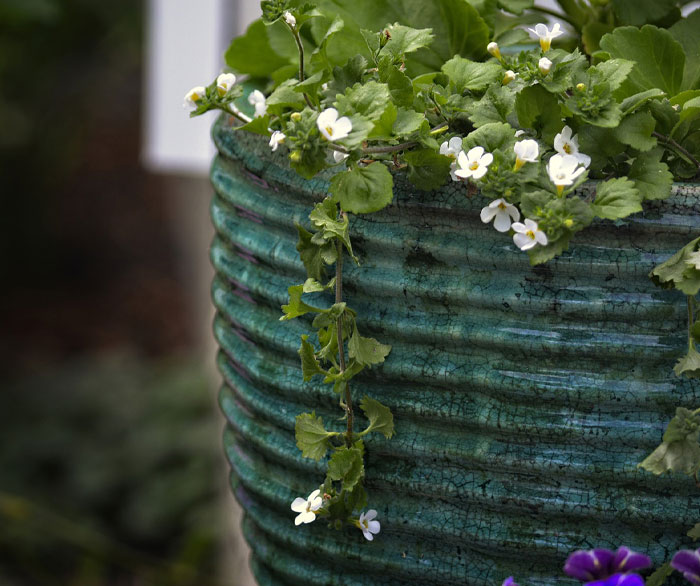
Plant bacopa in a location that will get full or partial sun. It should be protected from heavy winds. If you place it in a potted container, ensure there are a few drainage holes to saturate the soil without causing root rot. Hanging plant pots are the best option for this trailing plant.
When to Grow Bacopa
Image credits:Forest & Kim Starr
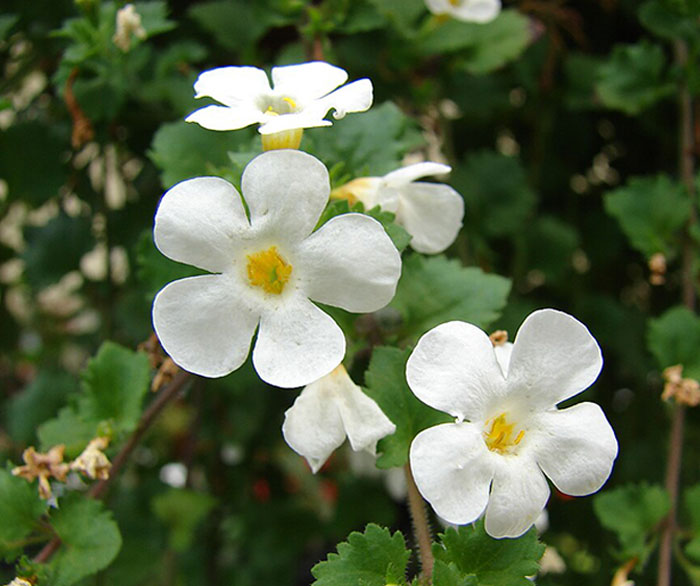
This plant prefers mild climates. The best time to grow bacopa outside is early or mid-spring after the threat of frost has passed. You can either cultivate it from seeds or cuttings.
Propagation ofSutera cordata
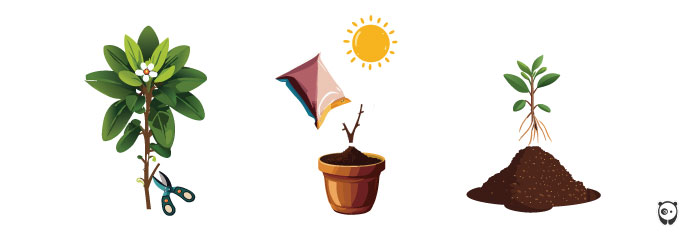
How to Care For Bacopa Plants
Bacopa plant care is relatively simple because it grows quickly and doesn’t need much maintenance. Here are a few things you can do to ensure the plant thrives.
Light

The trailing annual needs plenty of sunlight. Although it can survive in afternoon shade or low light, bacopa flowers will only bloom well in full sun. If it’s growing in a very sunny spot, ensure the soil is always moist.
Soil

Sutera cordataneeds soil with good drainage. Cultivate the plant in containers with all-purpose potting soil. The optimal soil pH required is 5.6–5.9. If it’s planted in the garden, make sure they are a few inches apart so they don’t stunt each other’s growth.
Water

Regular watering will keep your bacopa happy and healthy. Water the plant liberally and make sure that its soil is always moist. It will lose buds if it isn’t watered enough. An easy way to help conserve the bacopa’s water is to place a layer of organic matter or mulch on top of the soil.
Temperature and Humidity

Fertilizer

Regular fertilizing will help keep the plant healthy and blooming all season long. Use a water-soluble fertilizer and follow the instructions on the label. If the plant is browning or yellowing, that is a sign that it needs more nutrients. Landscape plants should be fertilized every 2–3 weeks, while container plants need fertilizing every 1–2 weeks.
Repotting the Bacopa

The best time to transplant bacopa is during late winter or early spring. This will provide the ideal temperature for root development before the hot weather sets in. When you’re repotting it, ensure the container is one size bigger so the plants have room to grow.
Pruning
Image credits:reddit.com
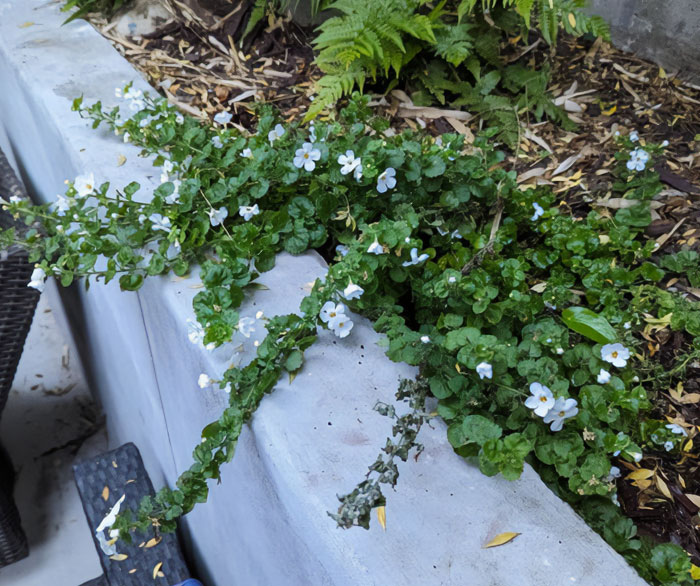
Since the bacopa is a fast-growing plant, it needs to be trimmed regularly; otherwise, it will take over your garden. These plants are considered self-cleaning, meaning you don’t have to deadhead them.
Overwintering
TheSutera cordatawill start dying once the first frost comes. When the temperature drops, bring it inside and place it on a window sill where it can still get sunlight. You can also use a grow light that will help the plant stay warm. In gardens, you can cover the bacopa with a layer of straw to protect it from temperature drops.
Bacopa Flower Care
If you’ve noticed that the plant isn’t flowering, it’s likely not getting enough water. Flowers and buds will drop the moment the soil gets too dry. They will bloom again 2–3 weeks after being properly watered. Remove wiltedflowersto encourage new growth and blooming.
Bacopa Varieties
Here are a few commonly known cultivars ofSutera cordatathat you can grow in your yard or aquarium.
“Giant Snowflake” Bacopa
Image credits:Stickpen
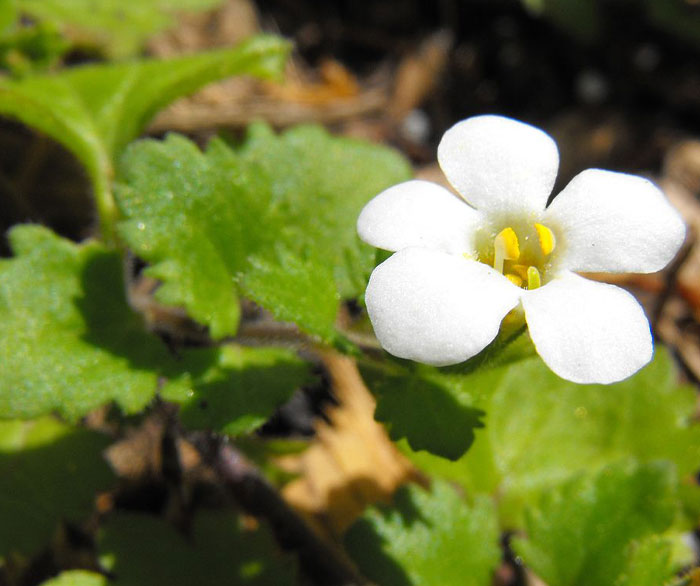
This beautiful plant produces gorgeous five-lobed white flowers with heart-shaped leaves. It can grow up to 4–8 inches tall. Its typical growing zones are USDA 9–11. You can cultivate this versatile plant anywhere, like window boxes, hanging baskets, or garden pots. It is a perfect ground cover that will help beautify your landscape.
“Snowstorm Blue” Bacopa
Image credits:mamagetthemoonforme
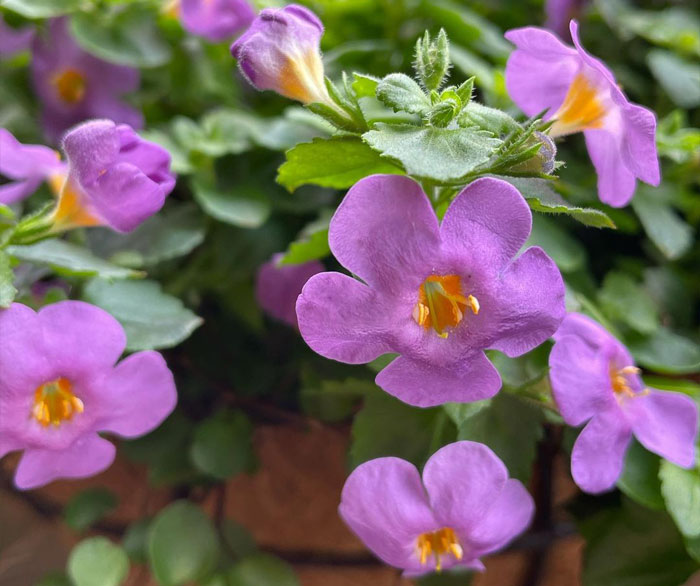
This variety of bacopa produces an abundance of lavender-blue flowers. It can grow up to 4–10 inches tall. Its growing zones are USDA 9–11. When placed in a hanging container, the plant can cascade up to four feet long. It is a low-maintenance plant that can also be used for garden borders.
Common Pests and Problems
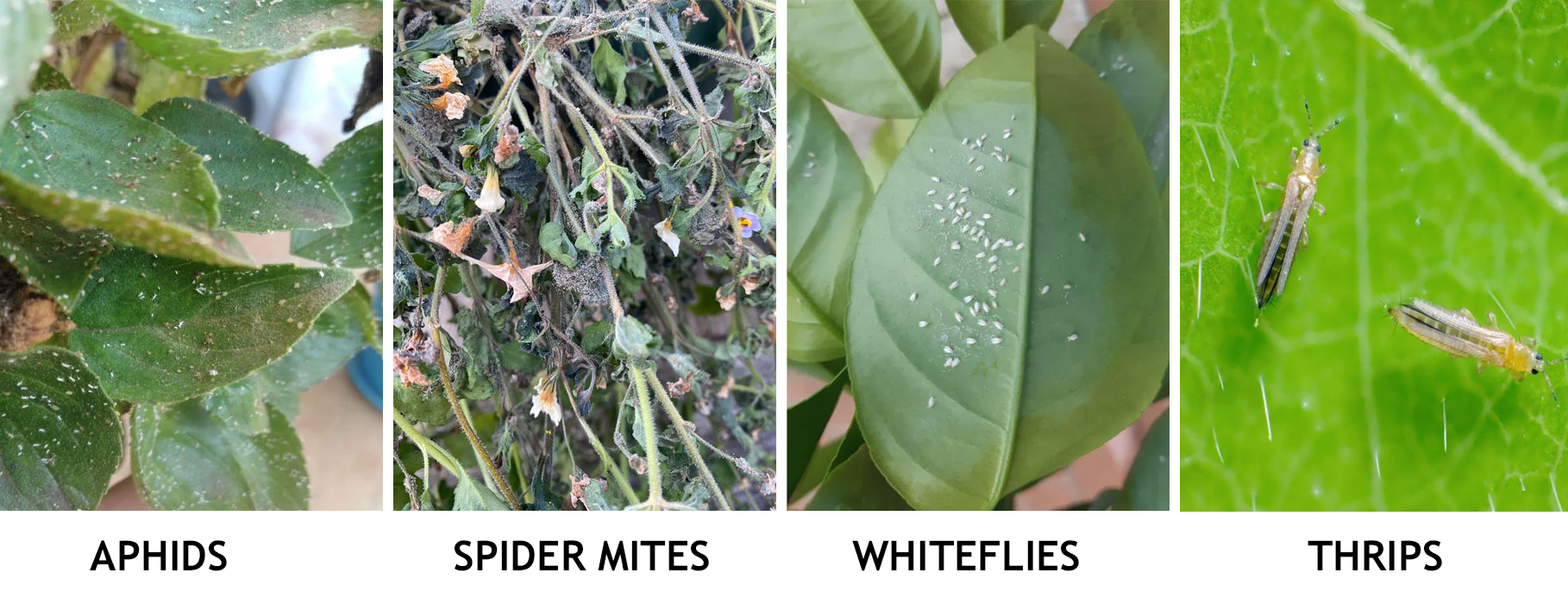
Image credits:Bassel_Fathy,kayplantandtealover,pisceenn,theseedcollection
Bacopa Companion Plants
Grow and care for your beautiful bacopa and combine it with other lovely plants in your yard. Here are a few options that can add to the splendor of the bacopa.
Purple Fountain Grass
Image credits:Vishwanth PindiBoina
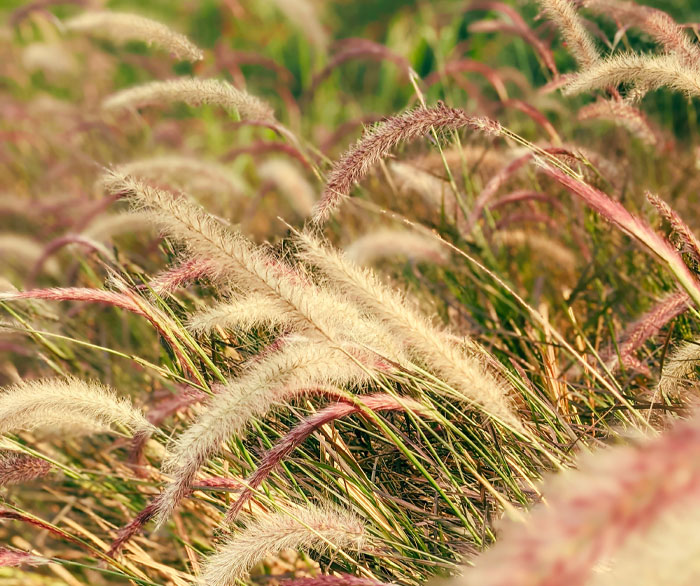
Thisornamental grassis aptly named for its arcing spikes of purplish flowers. They spread out of its long, slender, burgundy-colored leaves. It can be cultivated in the same garden bed as the bacopa plant because it grows at a similar rate. They will create a striking visual effect in your yard. Purple fountain grass can also be used to make flower arrangements.
Wax Begonia
Image credits:HoangXuan
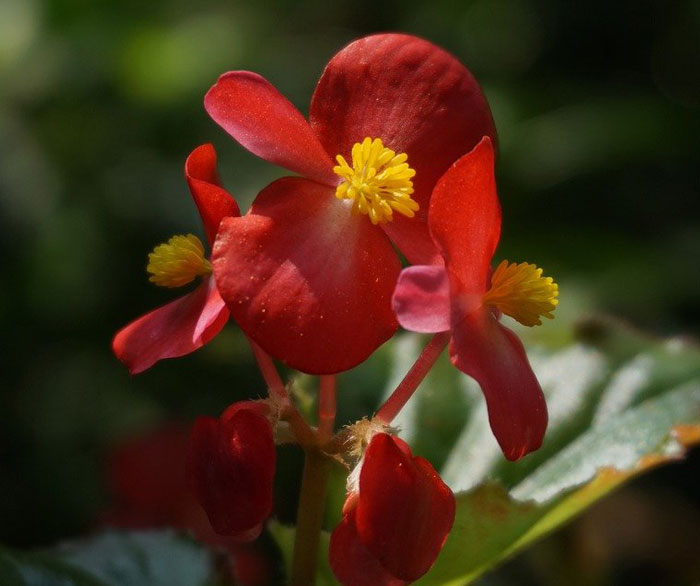
This flowering plant is very similar to the bacopa plant. Its flowers are also self-cleaning and don’t need to be deadheaded. Waxbegoniacan be grown in gardens or cultivated as a houseplant. It has glossy, waxy-looking leaves that are often green, bronze, or maroon. Its flowers are white, pink, or red.
Geraniums
Image credits:AYLİN GÖRAL
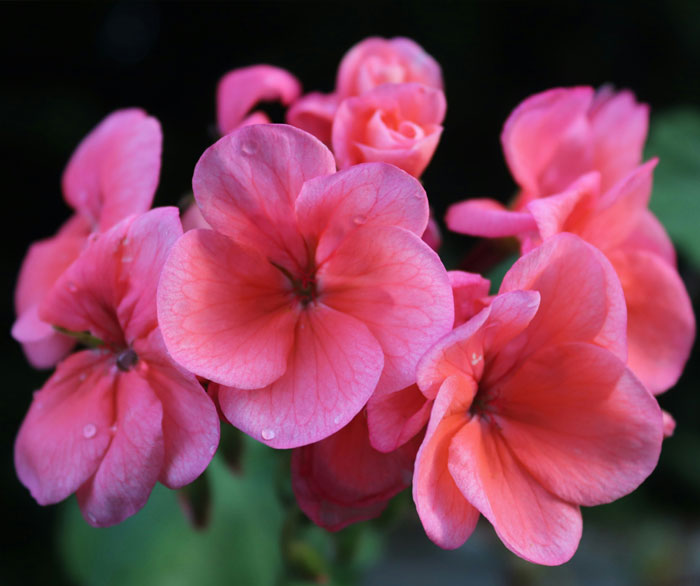
These are colorful flowering plants that bloom all summer until frost. They come in various colors, such as red, pink, orange, or white. Their leaves are lush and green with bronze or purple markings. Some geraniums trail beautifully and can be grown as hanging plants in the house.
Landscaping Tips for theSutera cordata
Image credits:slow_artnflower
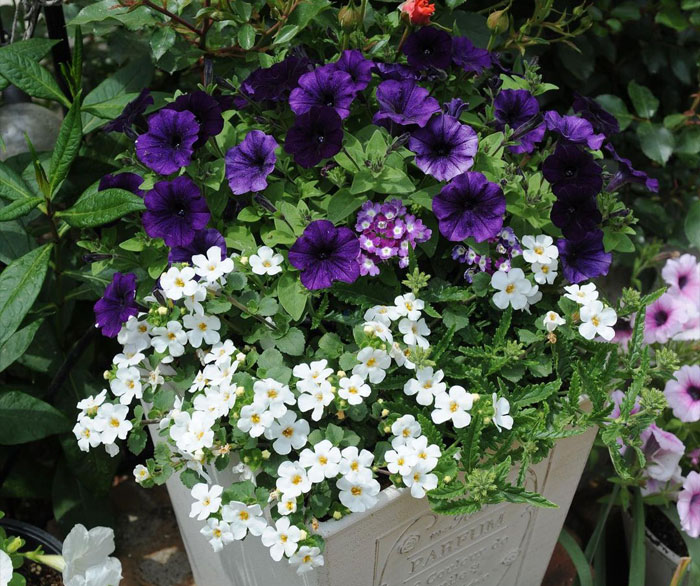
FAQ
To guarantee your success with growing the stunning bacopa blooms, let’s finalize it with a few common questions people have.
Why Is Your Bacopa Turning Brown?
What Is Bacopa Resistant Against?
The bacopa is rabbit and deer-resistant, which is excellent because you won’t have to worry about them nibbling on the plant. Deer will leave the trailing perennial alone for the most part, but extreme conditions might force them to graze on it.
912views912views
You May LikePeople Are Sharing Their Decked-Out Bedrooms, And Here Are 30 Of The Most Amazing OnesŽydrūnė TrukanavičiūtėEverything You Need to Know About the Bradford Pear Tree and Its ProblemsEligijus SinkunasEverything You Need To Know About The Elegant Dogwood TreeAivaras Kaziukonis
Žydrūnė Trukanavičiūtė
Eligijus Sinkunas
Aivaras Kaziukonis
Home & Design